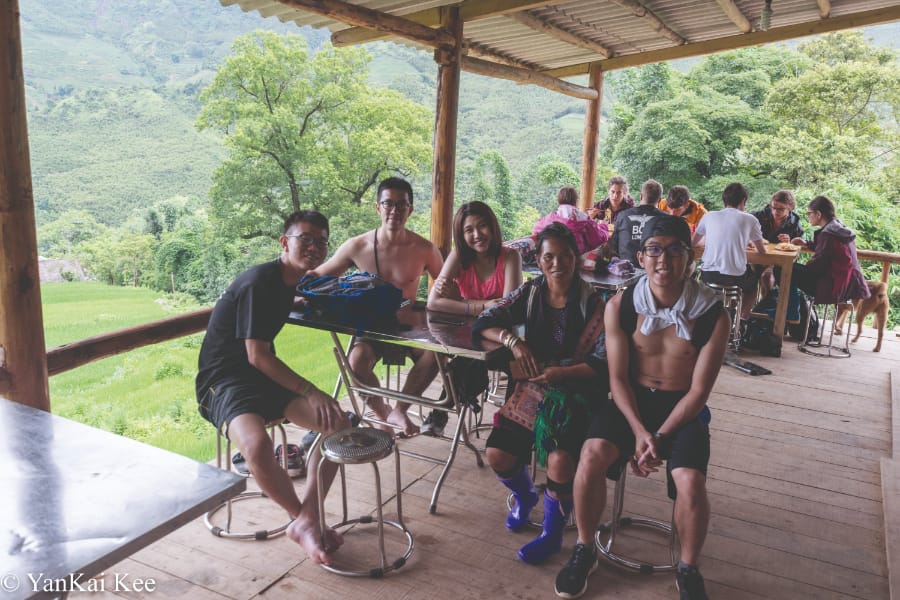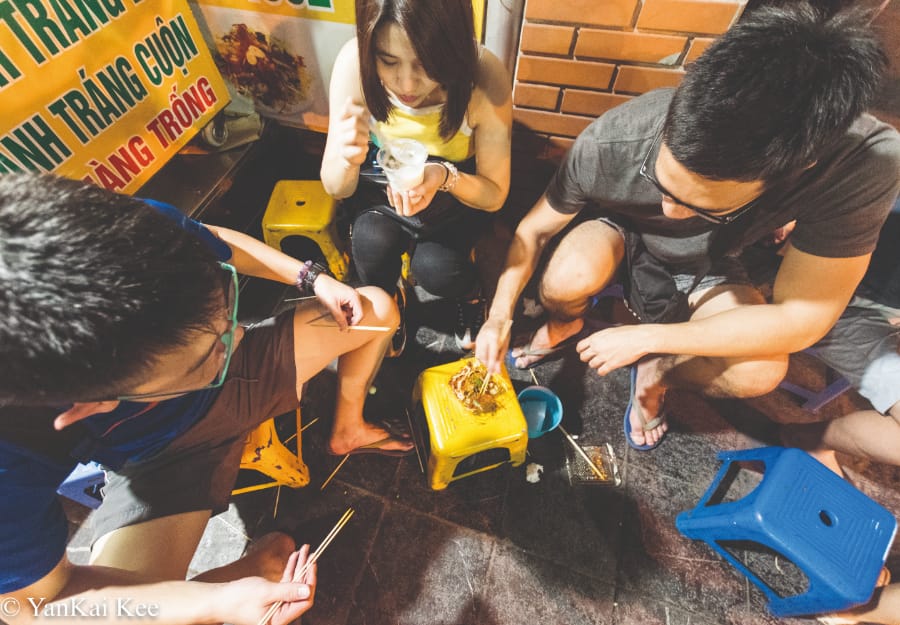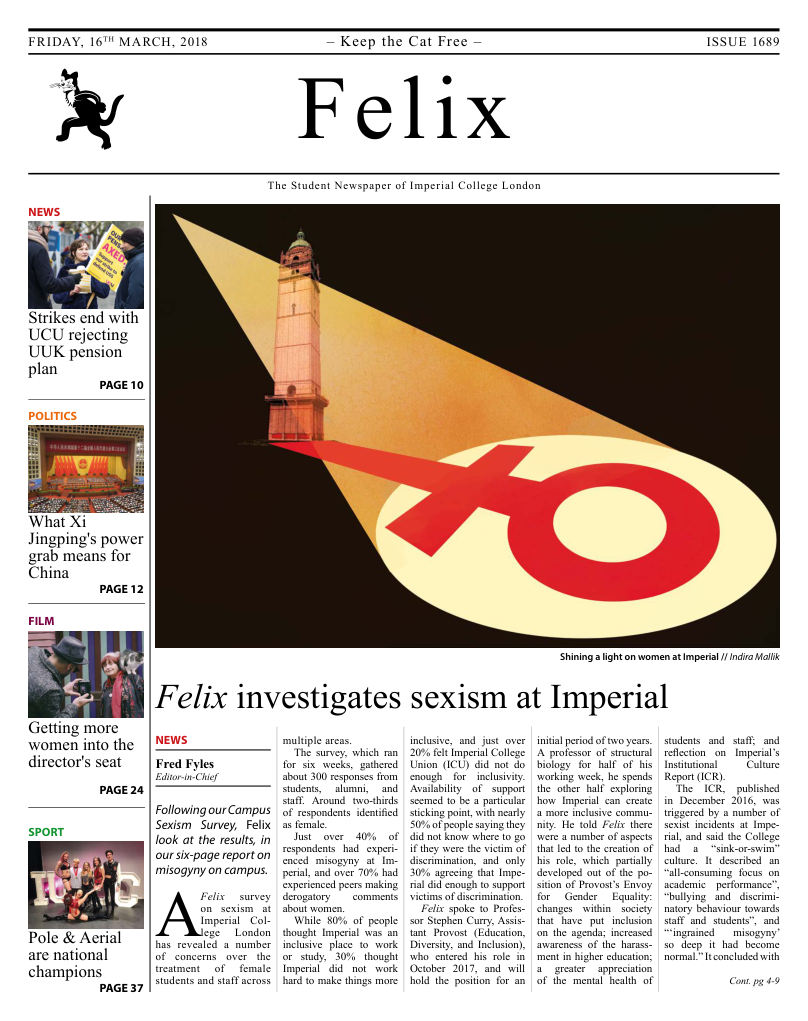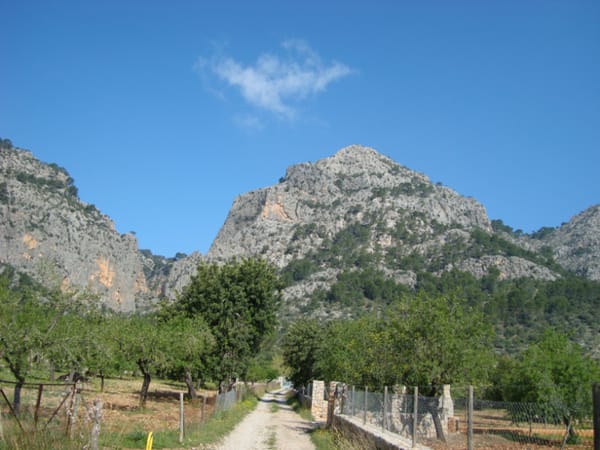Felix’s Guide to backpacking in South East Asia
South East Asia is a popular destination between backpackers but long-term backpacking trips require a great deal of knowledge and preparation. Luckily, travel writer YanKai Kee has shared some backpacking 101 and his first-hand experience of touring the area.

I’m sure many people either are thinking about or have had the idea before of a backpacking trip around South East Asia (SEA). It’s a region filled with its own unique culture, traditional cuisine that you can’t find anywhere else in the world, and – most importantly – its beautifully untouched yet accessible nature. As a boy who grew up in Malaysia, I had the luxury of enjoying all of these as well as experiencing them on my first ever backpacking trip. Conveniently, the other SEA countries are located within three hours of flight time from my homeland, and I’d been particularly motivated to visit Vietnam and Cambodia since I was very young (I mean after watching the famous Casey Neistat’s travel videos on YouTube). This article will be helpful for first-time backpackers and/or those who plan to visit South East Asia. It covers points like travelling essentials, special tips, and the local culture of different South East Asian countries which include Vietnam, Cambodia, and Malaysia!
Travelling essentials
The right mindset when preparing for a backpacking trip should always be: “Pack only the essentials for survival, and pack light”. A backpack size of 30-40L is ideal to fit all of your travelling essentials. Personally, I went for the cheap Highlanders Starav 45L rucksack sold by Argos. I needed that much space because of the camera gear I tend to carry around, which took up half the backpack. Hence, you can imagine how little space that was for the ‘essentials’. Medicines and travel insurance are vital, so do some research to understand the risks in the country you’re travelling to. Painkillers and medicines for common sickness, like colds and fevers, are a must. Other than that, well-known travel insurance is offered by World Nomads which covers up to 140 countries and has a good policy that fits most backpackers’ needs.
Also, as a backpacker, try to plan ahead for a wide range of activities you’ll be doing, which includes selection of proper clothes and shoes. For clothes, pack very little of each type but bring a wide range – sports, city-touring, swimming, and wedding, as you never know. Besides that, a good pair of walking boots or trainers is always a backpacker’s favourite. Also, bring a camera if you’re an avid photographer like me, but phone-photography is good enough for most. Lastly, don’t forget to borrow a good thick English book from Imperial library, just to let everyone else know that you’re smart.

What’s it like in SEA
When compared to the UK, SEA is very humid and hot. On average, the temperature there ranges from 25 to 32oC, with 80% humidity. This makes perspiration a problem for those who have never visited before. Showering 2-3 times a day is normal practice, hence be prepared to change your clothes very often. While I was backpacking, hand washing my clothes was my daily task. With a little bit of soap, some water, and a basin, you’re good to go, and then you just need to leave it outdoors. Do not worry – there will be plenty of sunshine! Again, with the heat and humidity, slippers are very commonly worn for outdoor walking so get your hands on a pair if you have a chance!
Food here is very different from typical European cuisine. You might not like it initially. However, definitely keep on trying as I promise that you’ll fall in love with it. In this region, the best food is found on the streets, since very rarely is the traditional cuisine done right in a fancy restaurant. To find the best meal spots, ask the locals, look for signs if the restaurant is full, or look up food bloggers online as they know best.
Best mindset
One crucial mistake most people make is over-romanticising a backpacking journey. By and large, we travel to escape the norm and to relax our minds and bodies before heading back to the ‘reality’; yet, backpacking is even more physically tiring than our regular lifestyle. In addition, backpackers often have to make compromises during the journey as money supply is low. People are willing to go to different extents when it comes to saving money in general, but to save money while you’re travelling is yet another story. So in most cases, backpacking is quite tough.
The reason why I think everyone should have this mindset before going on an epic backpacking journey is so they can prepare their minds for the worst. To use a cliché: you are going to enjoy something even more if you set your expectations low. Moments of leaving a city and realising you left your phone behind, having to force yourself to wash clothes despite the tiring day, or having bad weather for consecutive days can dilute your backpacking experience. But once you’ve accepted there’s also the ‘dull and boring’ part within the trip and prepared your mind for such hardships, I guarantee you’ll have a memorable trip.
However, having said that, how can I not mention those beautiful moments you’re most likely going to enjoy during a backpacking journey? Backpacking is for the beautiful panoramic sceneries that most people are too tired to hike to; it is for the story-telling sessions you get when you meet fellow backpackers; it is for those nights where you fall asleep listening to the waves of the ocean, and so on. It’s just like life, isn’t it? Having a cocktail of new experiences, adrenaline rushes, fun and tiring moments.
Finally, one of the most important mindsets you need to have is acknowledging yourself as an outsider. You’re given a chance to explore beautiful countries, hence respect the locals and their culture. For example, in Malaysia, it’s prohibited for a man to shake a Malay woman’s hand.

Practical tips
Next up is something practical that one must take into account – hostels. Choosing accommodation is crucial since the hostel is a ‘safe-house’ when one is travelling to a foreign country. You need to be able to trust the employees that work there with protecting your belongings, providing good travelling tips, and keeping the cleanliness of your bed. Trust me, you don’t want to wake up in the middle of the night playing hide and seek with bed bugs. One popular site trusted by many backpackers is HostelWorld. I usually prioritise reading reviews about security, cleanliness, and value for money, while the rest are bonuses.
When staying at backpacker hostels, you’ll most often encounter like-minded people that travel from different corners of the world, so don’t be afraid to say “Hi” and introduce yourself! To me, sharing experiences is like viewing the world through the story-teller’s eyes, and you grow a different perspective as you go along the journey and meet even more people. It’s a rare and unique learning experience, especially for people like me who had lived in Malaysia for most of my life.
Special tips
Disclaimer: the following are activities which I found to be fun, but you might not find such experiences to be equally entertaining.
If you’re visiting Vietnam and are of the adventurous type, definitely try to buy a motorbike for either the Hanoi–Ho Chi Minh or Ho Chi Minh–Hanoi bike trip (then sell it off at the destination city). I didn’t have a chance to try the long journeys but took short trips between cities and had a hell of a lot of fun. Rated as one of the most scenic highway in Vietnam, Hai Van Pass is where I rode during my time in Danang. Then again, riding a motorbike in Vietnam requires good to excellent driving skills due to its traffic conditions, that can only be described as wild. It’s also worth noting that such motorbike journeys are illegal unless you have a driving licence recognised by the Vietnamese government, so do it at your own risk.
Other than that, if you are an avid hiker, the south of Vietnam would suit you very much! Places such as Sapa are straight out of a children’s fairy tale if you ask me – people live in a valley with symmetrical paddy fields running all along both sides. If you go during the right season, the views will be exceptionally memorable.
In Cambodia, an amazing backpacking hostel, known as Monkey Maya, is located at Ream National Park, Sinhanoukville. Only 30 minutes away by tuk-tuk from the main city, the place is a quiet nature hostel, perfect if you want to escape from the hustle and bustle. I was there for three nights and absolutely loved the vibes. The staff is a mix of locals and Europeans that aren’t shy to share their hostel’s weird and funky culture.
Finally, for the country I grew up in, Malaysia, the two main destinations I’ll introduce are Penang and Tioman Island, both of which are islands along the east and west coasts of Peninsular Malaysia (West Malaysia). In Penang, go for the local food, but don’t just rely on the internet as the locals always know better places. In Tioman Island (personal favourite here), there are several villages which you can stay in. I recommend Genting village as it has a good balance between civilisation and nature: it offers accessibility to the internet and food, yet it’s rural enough not to lose the vibes of a small Malay village by the beach. In addition, other than being a diving and snorkelling heaven, Tioman is not short of adventurous hiking trails where a local guide is needed.
Ed.: To find out more about YanKai’s travelling experiences or get more tips, you can visit his Instagram (@yankai77).









